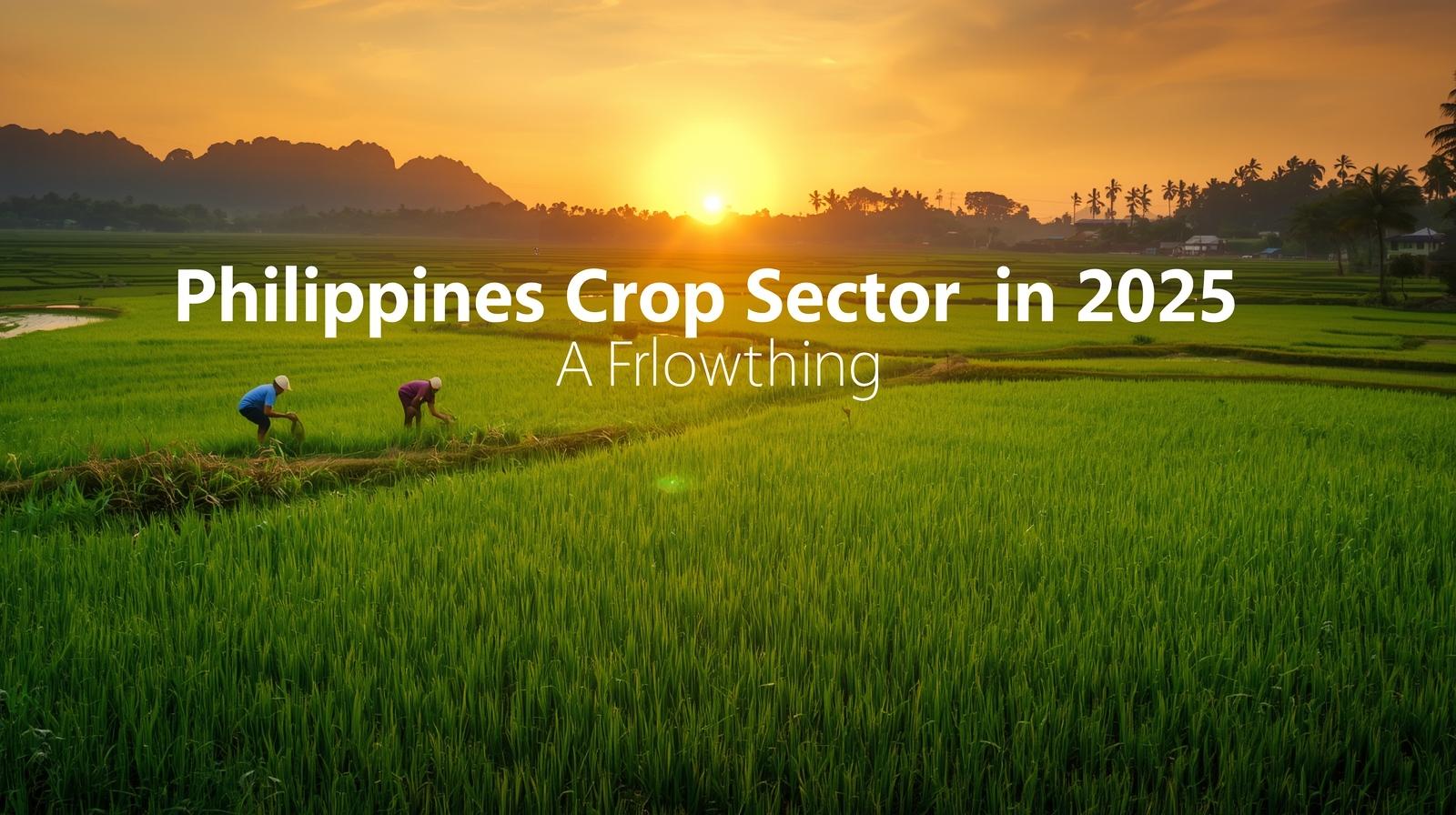Philippines Crop Sector in 2025: Climate, Technology, and Market Shifts

As the Philippines grapples with mounting climate challenges and evolving global markets, the nation’s agricultural backbone—its crop sector—is undergoing rapid transformation. From rice paddies in Central Luzon to coconut groves in Quezon Province, farmers face an urgent imperative: adapt to extreme weather, embrace innovation, and meet shifting domestic and international demand. Here’s a snapshot of the current trends shaping Philippine crops in 2025.
Climate Resilience Takes Center Stage
Unpredictable rainfall patterns and higher temperatures have intensified droughts and typhoons, threatening harvests of staple crops. In response, the Department of Agriculture has accelerated distribution of climate-resilient rice varieties such as Inovatif 9 and NSIC Rc192, which can withstand submergence, salinity, and prolonged dry spells. Pilot programs using real-time satellite data and local weather stations now alert farmers to impending weather risks, enabling timely irrigation or crop protection measures.
Agri-Tech Adoption Rises
Digital farming tools are gaining traction among progressive agronomists and cooperatives. Smartphone apps now guide planting schedules, nutrient management, and pest surveillance for high-value crops like corn and sugarcane. Drone surveys equipped with multispectral sensors help detect early signs of crop stress, allowing interventions before yield loss. Government-backed incubators in Metro Manila and Cebu are funding start-ups developing biodegradable drones and AI-driven soil mapping platforms.
Coconut Sector Reinvents Itself
Once dominated by traditional copra traders, the coconut industry is diversifying into higher-margin products. Virgin coconut oil (VCO) exports have surged after Filipino processors secured organic certification under EU standards, while desiccated coconut powder and coconut water concentrate shipments to China and the Middle East are up 22% year-on-year. Local manufacturers are also innovating: cellulose-based coir pith is now being processed into eco-substrates for global greenhouse growers.
Corn and Sugarcane: Food, Feed, and Fuel
Corn acreage in Mindanao has expanded by 8% as farmers pivot from low-profit rice to maize for animal feed and bioethanol. The Philippines’ emerging biofuel policy mandates a 10% ethanol blend in gasoline by 2027, boosting demand for feed-grade corn. Meanwhile, sugarcane planters in Negros Occidental are trialing intercropping with high-value ginger and turmeric to diversify income streams and rehabilitate degraded soil.
Also Read: Go Grow Glow Foods: Healthy Eating
Vegetable and Fruit Exports Climb
Philippines’ mangoes, bananas, and pineapples continue to command premium prices abroad. Mango shipments to Japan rose 15% this year, driven by quality improvements under the “Kabanana” export standard. In the Mindanao fruit belt, pilot cold-chain hubs equipped with solar refrigeration are reducing post-harvest losses of tomatoes and bell peppers by nearly 30%.
Challenges Ahead
Despite these gains, hurdles remain. Rising input costs—especially fertilizers and farm machinery—are squeezing smallholder margins. Fragmented landholdings complicate mechanization, while inconsistent power supply hampers cold-chain expansion in rural areas. Furthermore, access to finance and technical training remains limited for many farmers, particularly in upland provinces.
Policy and Private Sector Alliances
To bridge these gaps, the government has launched the Agri-FinTech Initiative, a partnership with local banks and microfinance institutions to offer low-interest loans tied to digital credit scoring. Major agribusiness firms are also investing in remote-sensing infrastructure and contract-farming schemes, providing farmers with guaranteed purchase agreements and technical support.
Outlook: Building a Sustainable Future
As global food security concerns intensify, the Philippines’ crop sector stands at a critical juncture. By harnessing climate-smart varieties, scaling digital agritech, and deepening public-private collaboration, Filipino farmers can boost resilience and profitability. The next few years will be pivotal: success will depend on innovation diffusion, infrastructure investment, and equitable access to resources—ensuring that the country’s fields continue to feed both its own population and growing export markets.





